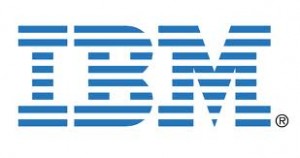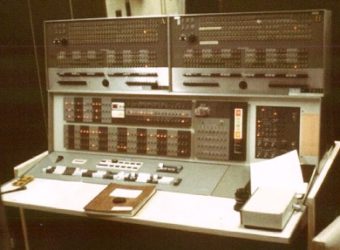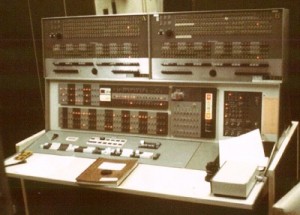December 28, 1995: 200 Sites Blocked by Compuserve
Subscribe! Spotify | RSS | More
1995 – Compuserve blocks access to over 200 sites that have explicit content. They do it to avoid issue with the German Government. The sites would be blocked until Feb 13, 1996 when all but 5 sites were restored.
Subscribe to Day In Tech History:
RSS Feed - iTunes - Google Play - Spotify
Twitter - Facebook
- RSS Bandwidth by Cachefly Get a 14 Day Trial
Be a Part of the Sconnie Geek Nation!
In Wisconsin, friends are called "Sconnies". Even if you're not from Wisconsin, you can be part of the Sconnie Geek Nation through my coverage! By pledging, you join the Geek Sconnie Nation! Plus, you help me cover costs so I can continue the coverage of Gadget tech, music tech, and geek culture through the shows.

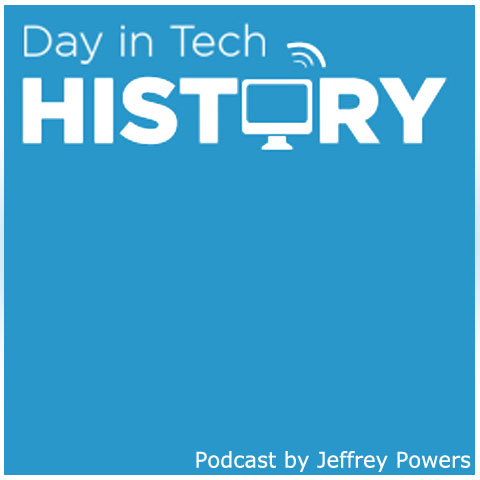


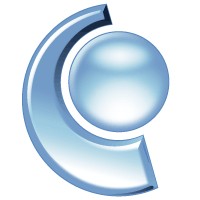
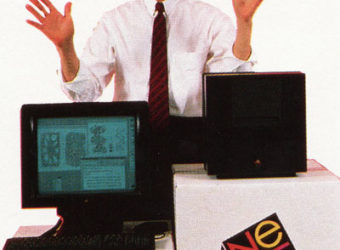
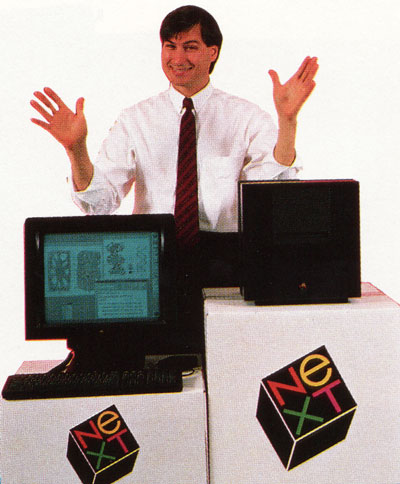

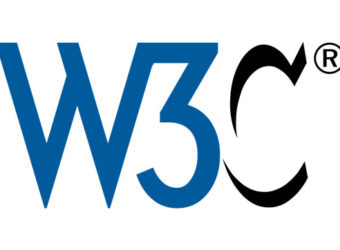
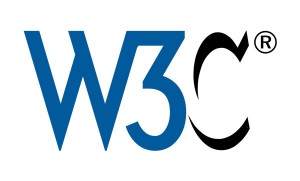
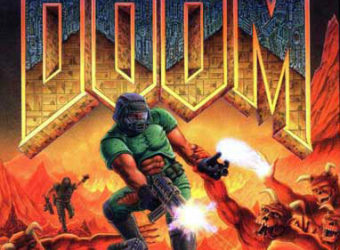


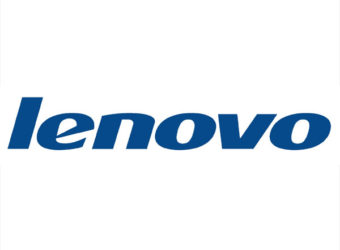
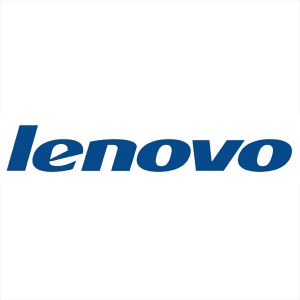
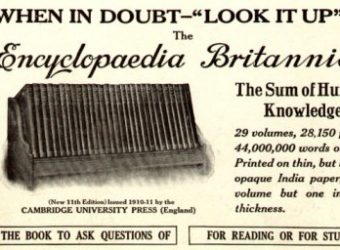
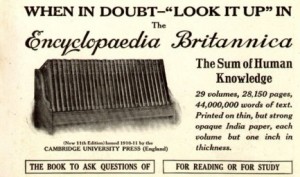
![IBM[1] IBM](https://dayintechhistory.com/wp-content/uploads/2012/09/IBM1-340x250.jpg)
